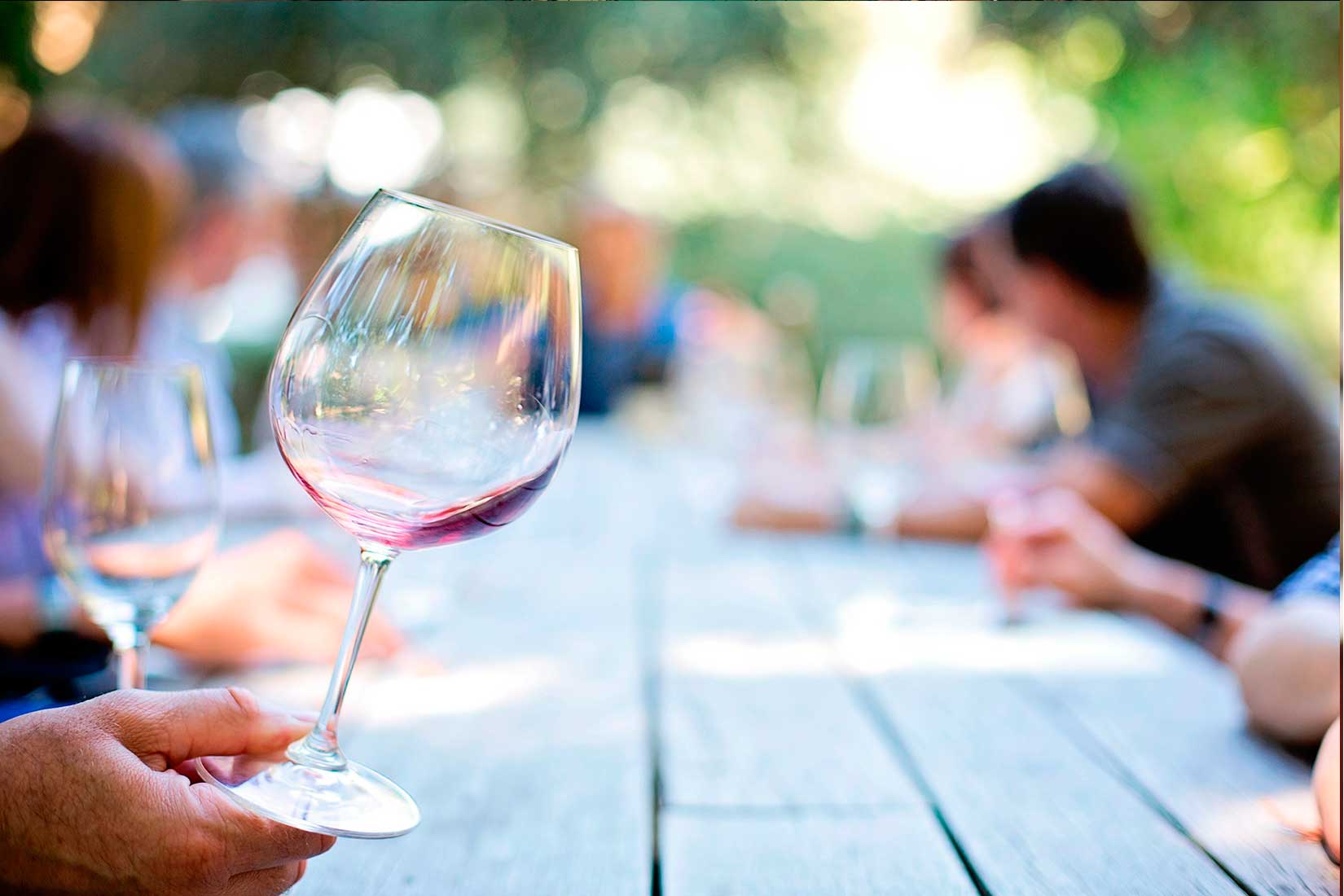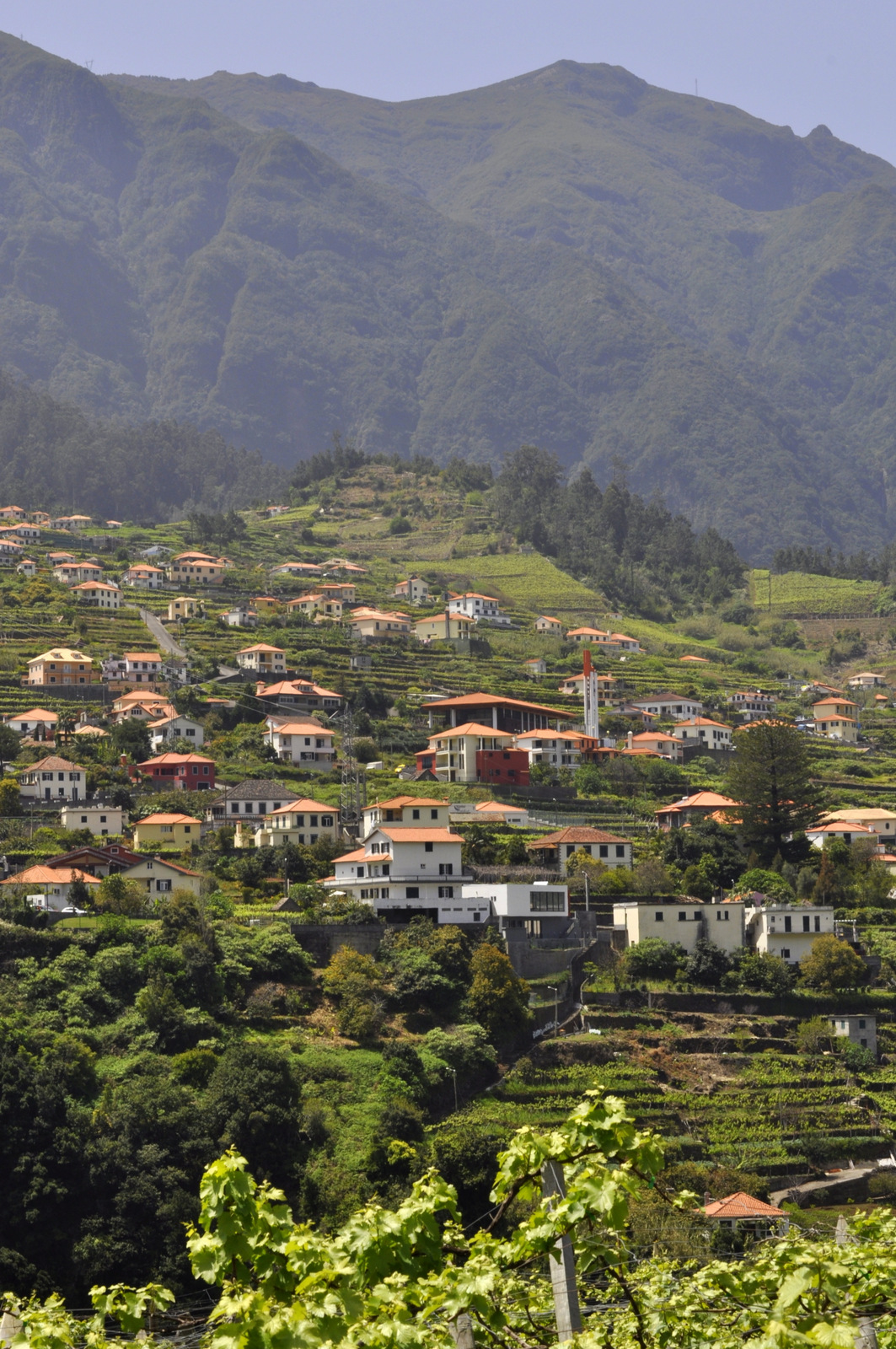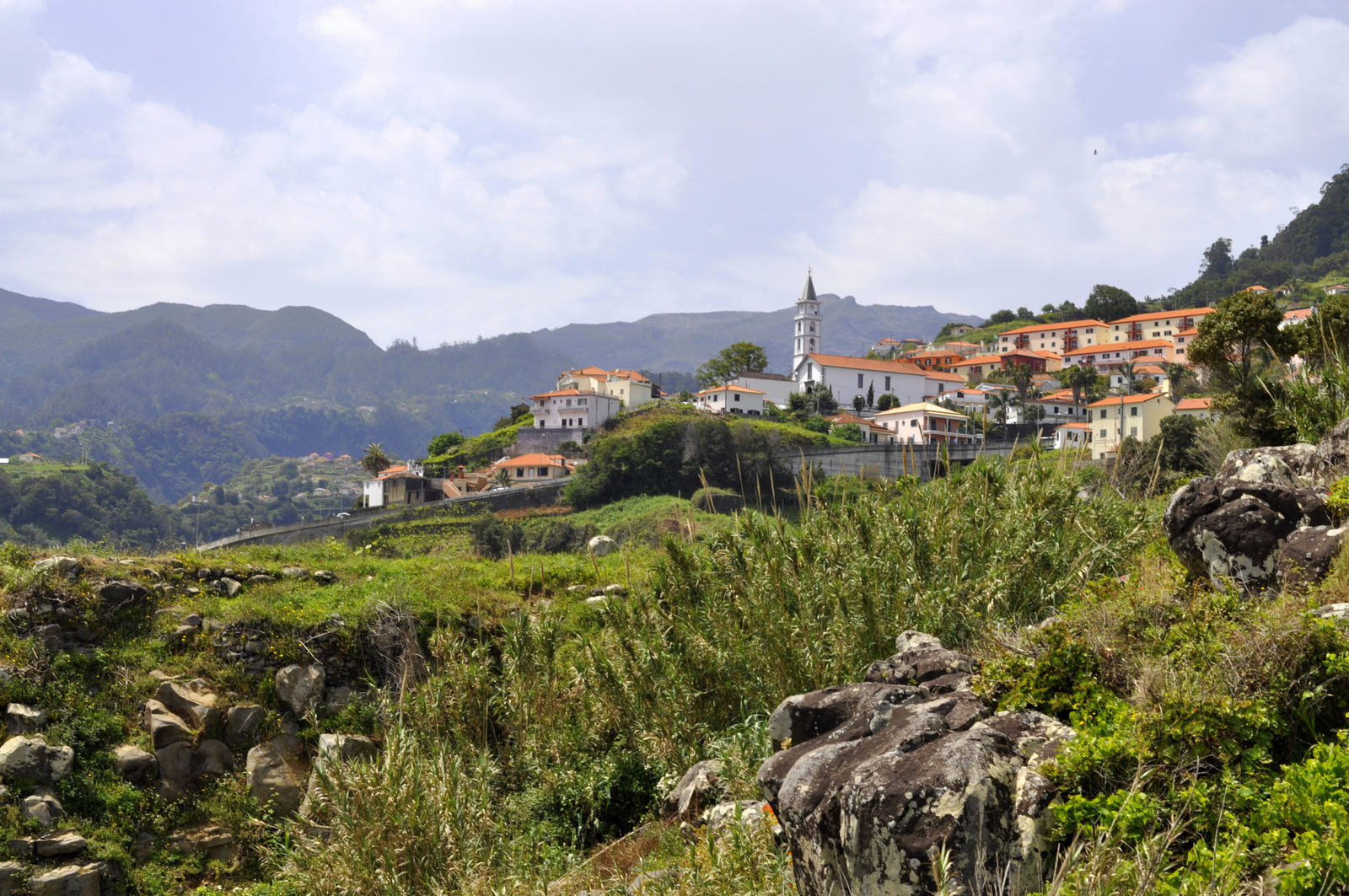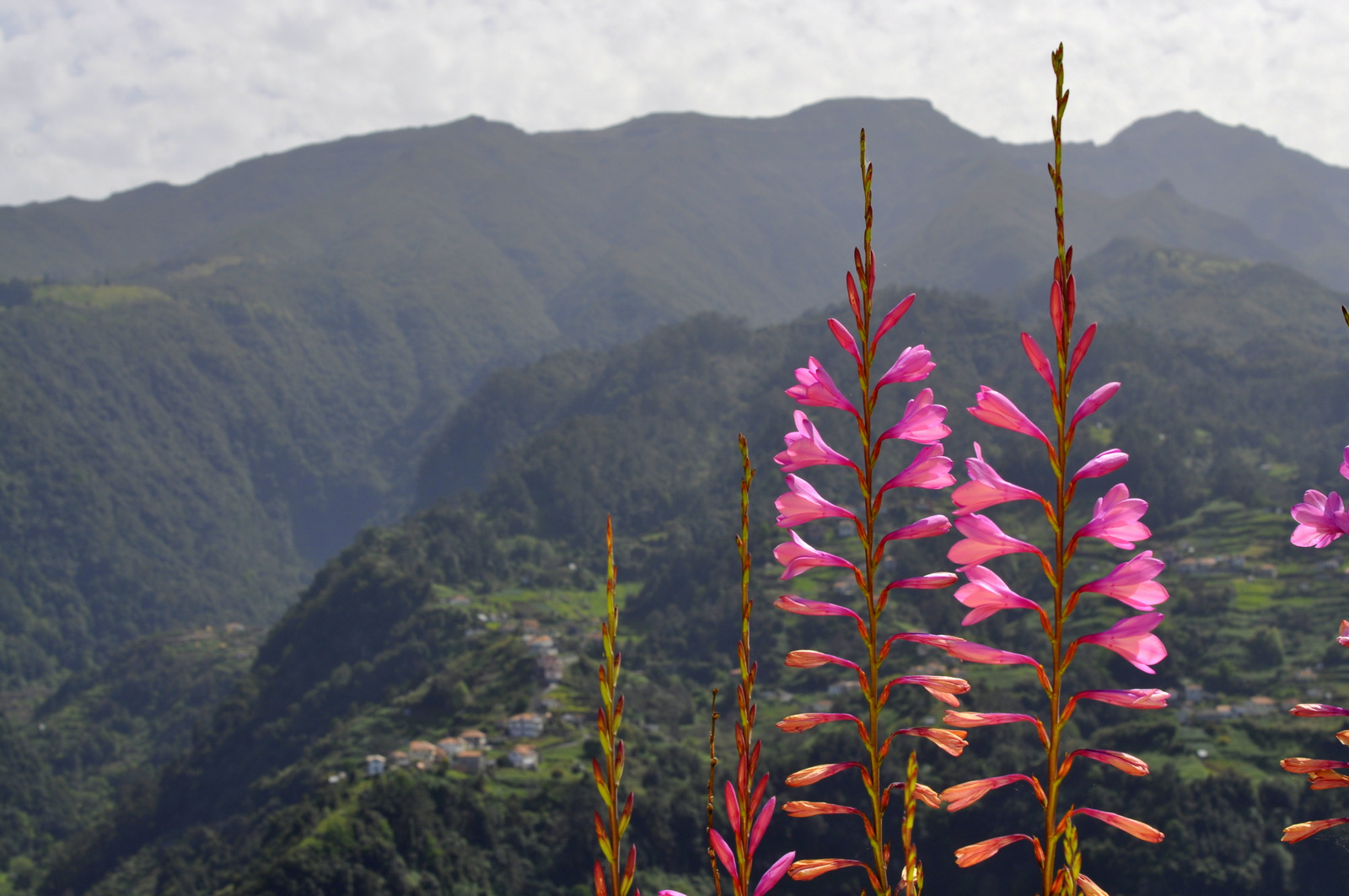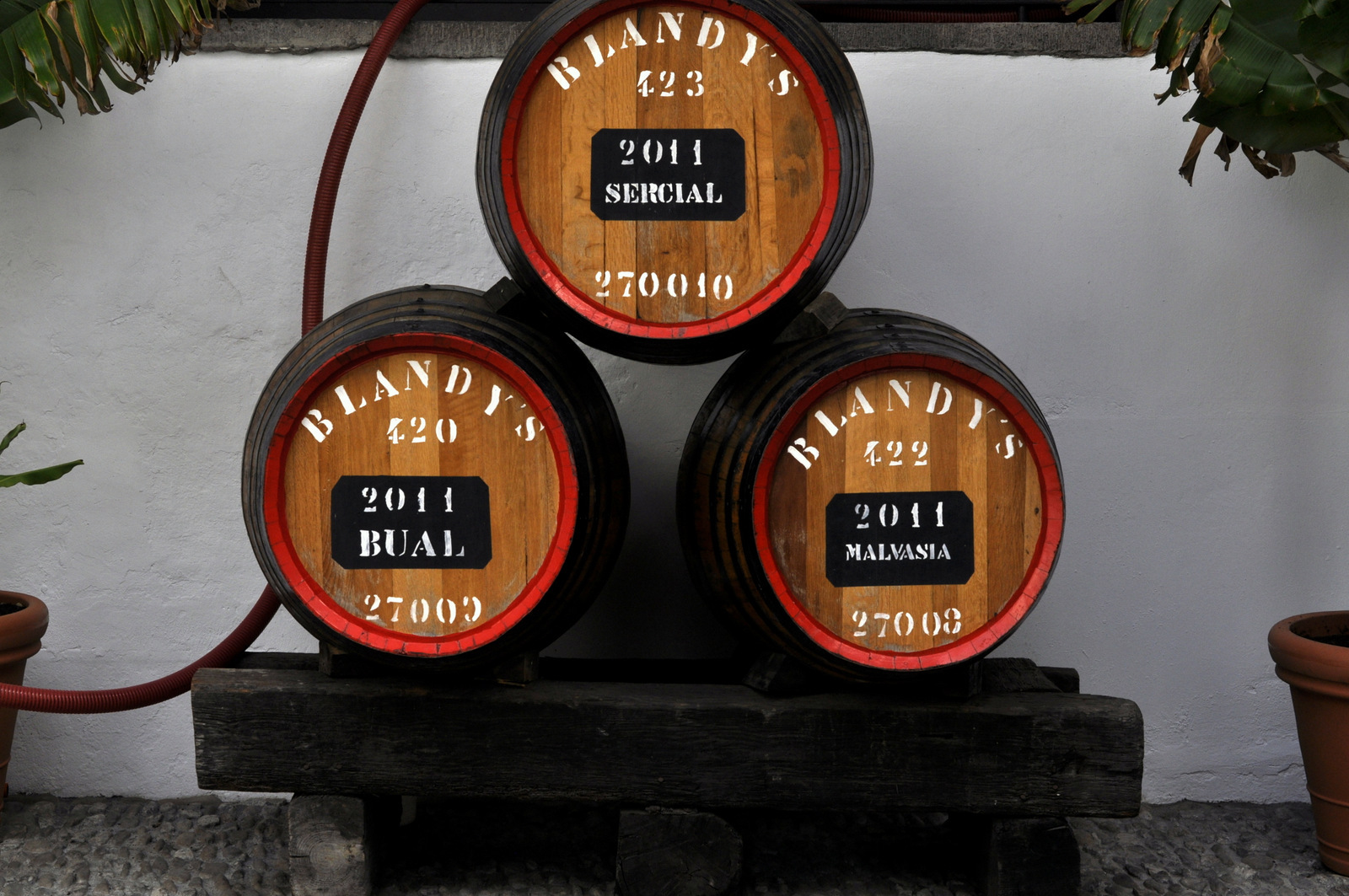Wine tasting is much more than drinking and enjoying wine. It involves our 4 senses: sight, smell, taste and feel. (And if you pair wine with your favourite music or any other sounds of your choice the 5th sense hearing comes to the picture). So, view it as a possibility to discover the sensorial nuances you have never experienced before. Developing your palate thanks to the wine tasting will also help you to cook, spice and combine your food even better!
The essential advice is to go slow when you grab a glass of wine to drink.Start with a visual aspect: color, its shade and intensity, still or bubbly?, hazy or clear? The most important sensor, however is our nose. The experienced wine tasters are able to identify the main characteristics of a wine blindly, just by smelling it. So smell it, swirl it and smell it again before making a sip. It is often easier to feel more detailed aromas with your eyes closed. This is when as much as possible information will come from your nasal sensors.
The wine aromas generally can be classified as: fruity (citrus, tropical, green, stone fruits, red fruits), floral, oaky, spicy, earthy, vegetable and others. The objective of the first smell is to identify those groups presented in your drink. If you cannot name them, make a note of whatever you feel when sniffing this wine. Any association that your mind brings, does not matter how strange it might sound. If your first impression is nothing but an alcohol smell, write it down too.
Sip it when you feel ready and describe the group of tastes first: sweet, sour, bitter or salty. It can be a mix of flavours, but one group will dominate. Define it. The next step is to go deeper and interpret the taste you feel to esculent things you had tried or smelled before. A glass of good wine will contain dozens of different aroma and flavour compounds depending on the grape type, region, production style and other factors. Equally, the same grape variety will smell and taste different from year to year.
Here are some examples of the typical wine flavours:
Expect some black fruits and dark berries in red wines made of Syrah, Tempranillo, Cabernet Sauvignon, Malbec.
Red fruits and red berries are more likely to be found in Pinot Noir, Grenache, Sangiovese, Merlot.
Stone fruits like peach, apricot, nectarine are to be found in Sauvignon Blanc, Chenin Blanc, Gewürztraminer.
Citrus and green fruits usually accompany Chardonnay and Pinot Grigio.
And the last sensor involved is a feel, in other words, a sensation that a liquid brings up when “touching” your tasting buds. You will sense: temperature (cold/warm), approximate degree of alcohol (heat), astringency (contributed by tannins). Consistency or structure of the wine is another good indicator of its quality. Mousse and creamy, thin and light, well-structured and balanced, full-bodied or too aggressive – all these characteristics will help you to estimate a wine overall.
It might look complicated and confusing at starters, but after a couple of dozens good wines tried (tasting them slowly), after some wine degustations visited, you will not even notice becoming a wine geek!


